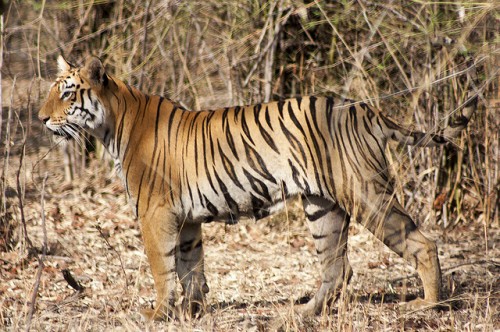A recent study on glaciers has indicated a serious imbalance in many regions of the world due to the severe ice loss of the past two decades. The research adds that stability in climatic conditions would not prevent further ice loss from glaciers.

“The observed glaciers currently lose between half a metre and one metre of its ice thickness every year. This is two to three times more than the corresponding average of the 20th century,” explained Michael Zemp, director of the World Glacier Monitoring Service at University of Zurich, Switzerland, and lead author of the study.
“These results are qualitatively confirmed from field and satellite-based observations for tens of thousands of glaciers around the world,” he added.
The present rate of glacier melt is of such magnitude as has never been recorded at a global scale, for the time period observed and perhaps for all of recorded history.
The future too appears grim as the study reports that the long-term depletion of glacier tongues (sections of ice projecting from the base of a glacier) is a global phenomenon. In Norway glacier tongues have retreated by some kms from its maximum recorded extents in the 19th century.
The World Glacier Monitoring Service has been collecting data on glacier changes for more than 120 years. This has been compiled and the new comprehensive analysis of global glacier changes has been published in the Journal of Glaciology. In this study, observations of the first decade of the 21st century (2001-2010) were compared to all available earlier data. Additionally, the data was also compared to reconstructions from illustrated and written sources.
Glaciers are important and early indicators of climate change which will have a delayed impact on other parts of the Earth. They are the most visible evidence of global warming today. Not only do they result in rising sea water levels, but also alter climate patterns in other, complex ways. The white surfaces of glaciers reflect the sun’s rays, helping to keep the climate mild. When glaciers melt, darker exposed surfaces absorb and release heat, raising temperatures.
More Related Stories,
IUCN Concerned About World Heritage Sites of India
Turtle Eggs Wash Out of Nests Due to Coastal Erosion




